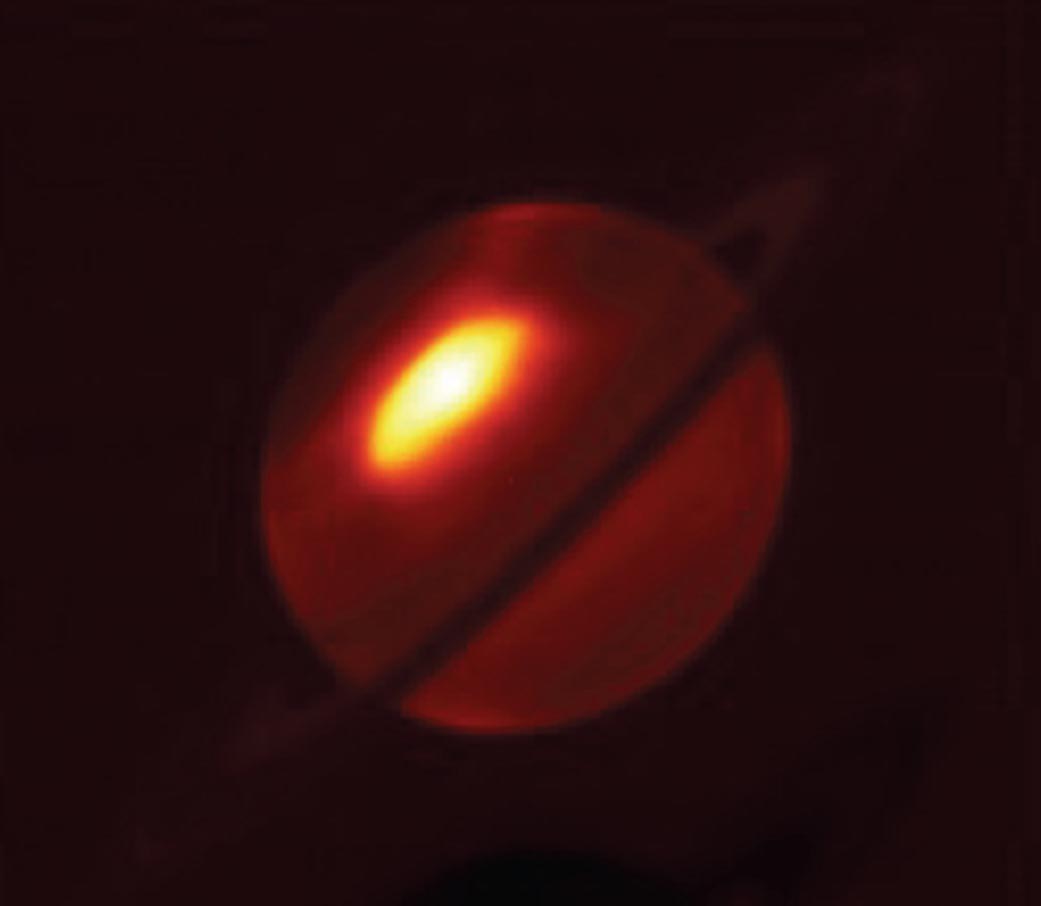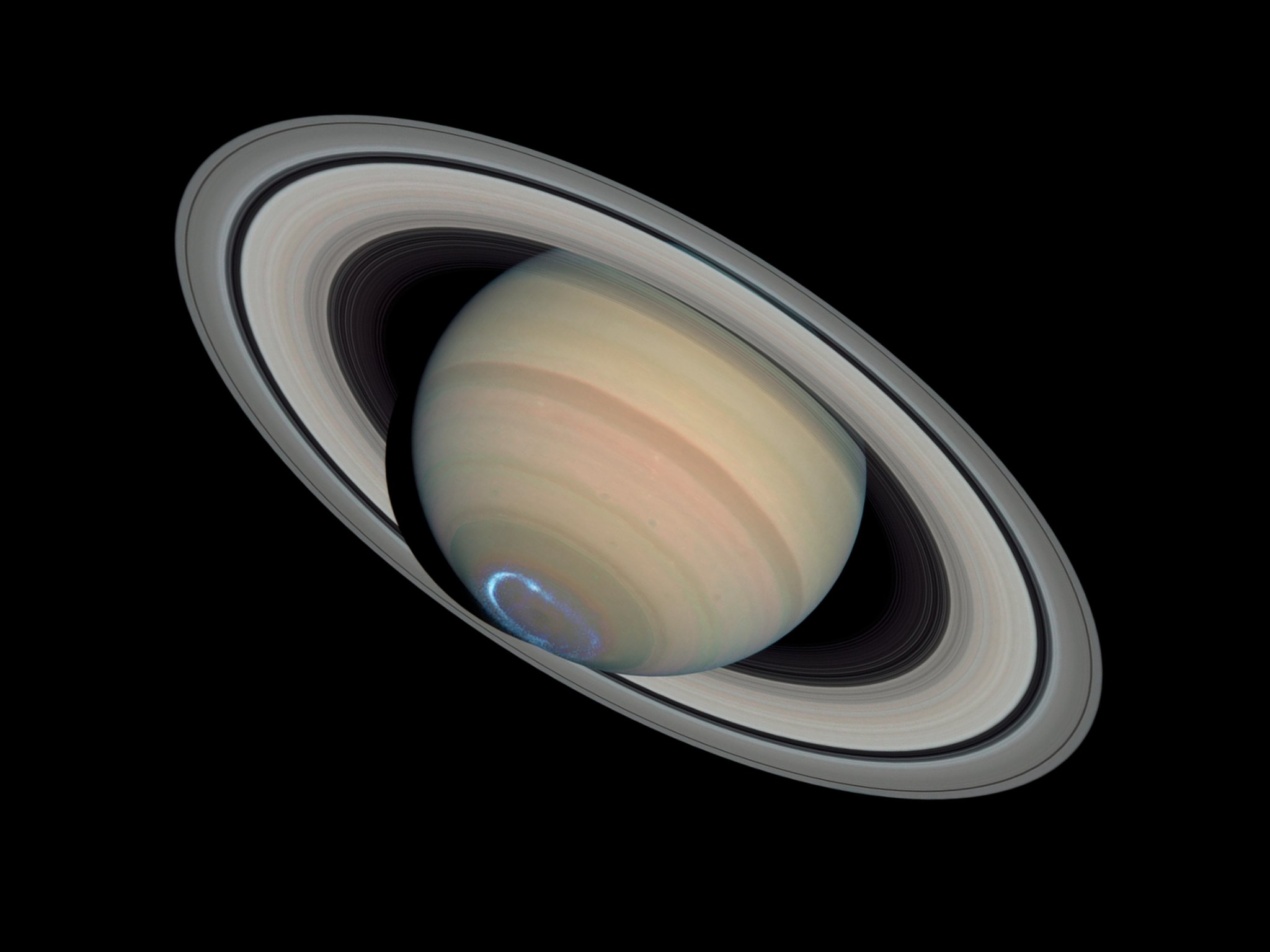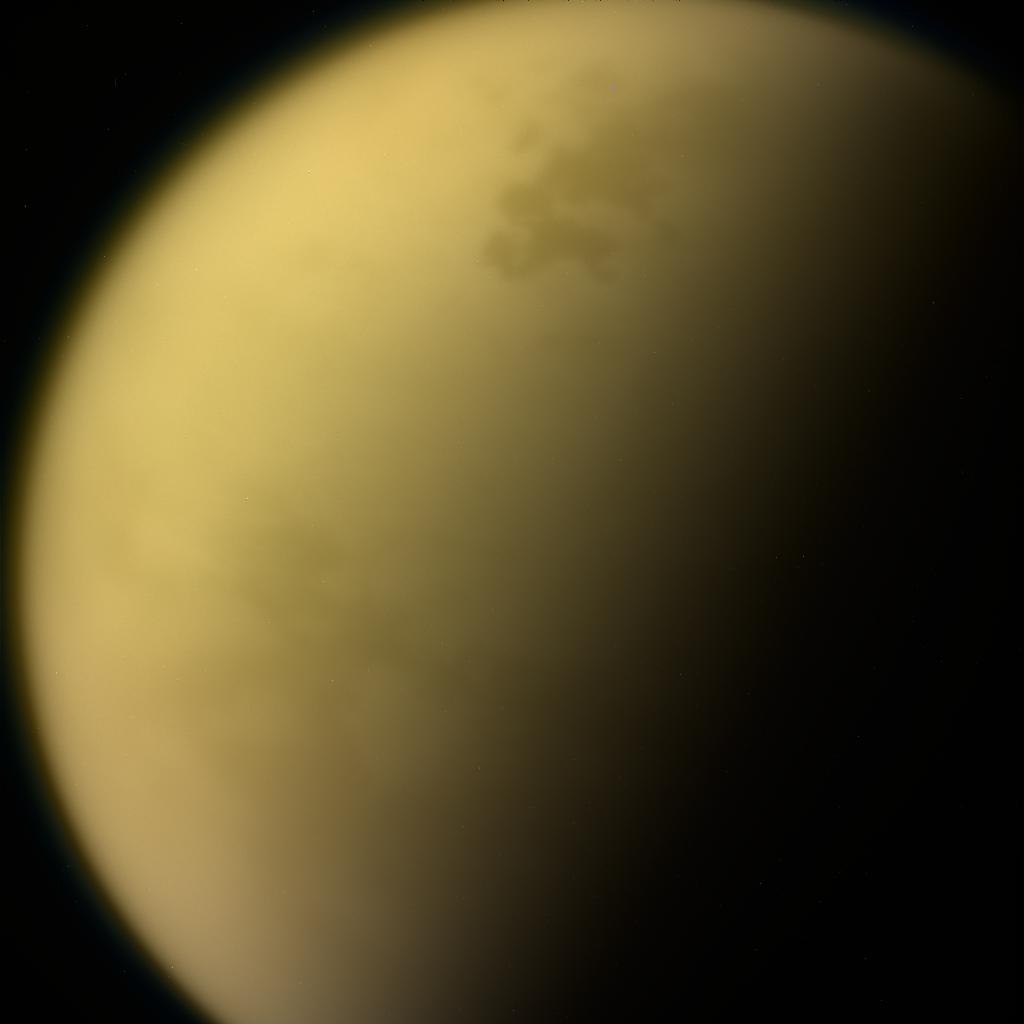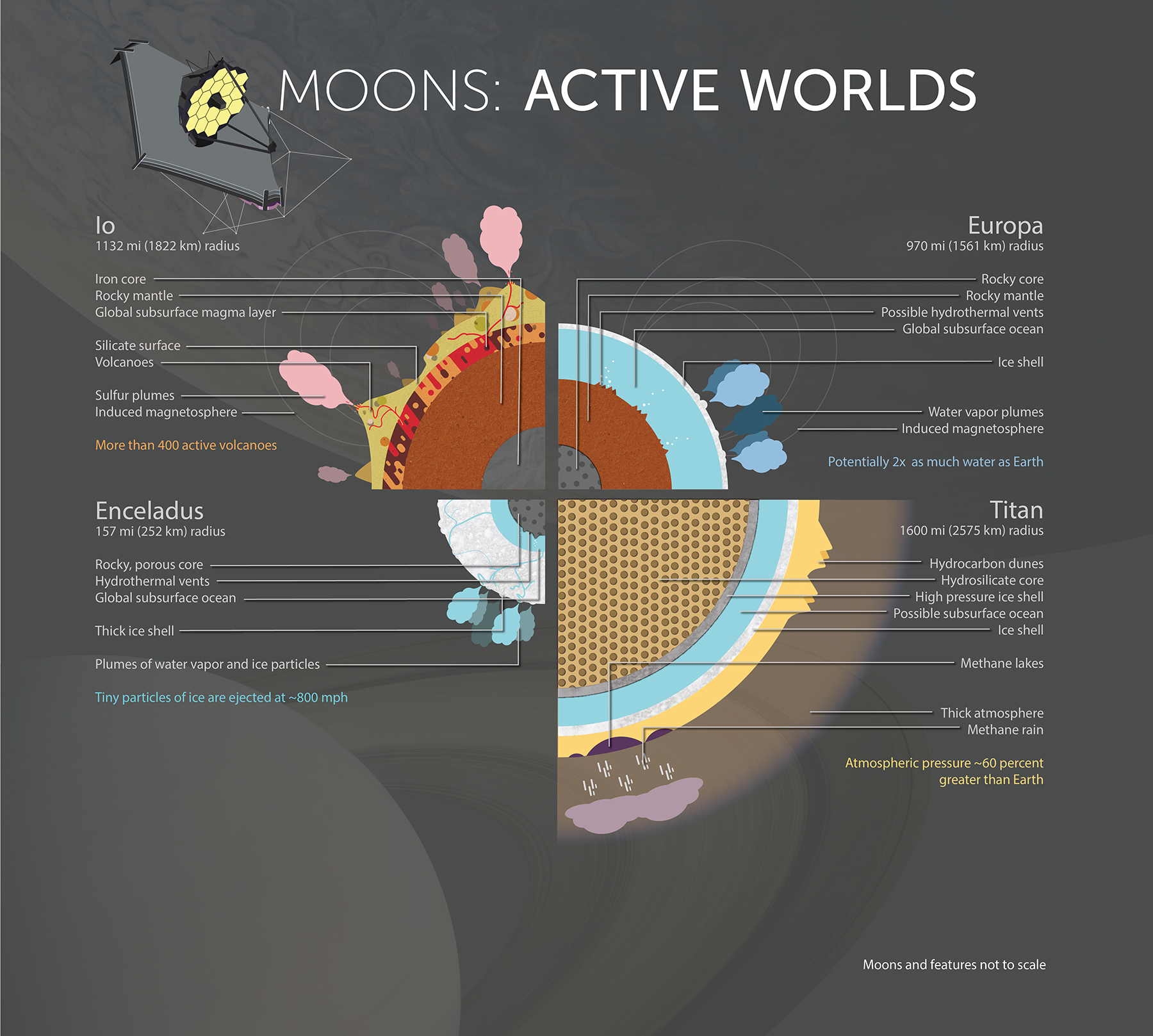If you stop a random person on the sidewalk and ask them what their favorite planet is, chances are their answer will be Saturn. Saturn’s stunning rings are a memorable sight in any backyard telescope. But there is still a lot to learn about Saturn, especially about the planet’s unique weather and chemistry, as well as the origin of its opulent ring system. After its launch in 2021, NASA’s James Webb Space Telescope will observe Saturn, its rings, and family of moons as part of a comprehensive solar system program.

This study will be conducted through a Guaranteed Time Observations program headed up by Heidi Hammel, a planetary astronomer and executive vice president of the Association of Universities for Research in Astronomy (AURA) in Washington, D.C. Hammel was selected by NASA as a Webb Interdisciplinary Scientist in 2002.
“The purpose of this program is to demonstrate the capabilities of Webb for solar system observations, including observing bright objects, tracking moving objects, and spotting faint targets next to bright ones,” Hammel explained. “The data will be made available to the solar system community as soon as possible to show them that Webb can do what we’ve promised them.”
Webb will pick up where NASA’s Cassini spacecraft left off. Cassini orbited Saturn for 13 years, from 2004 until the mission ended in 2017 when the spacecraft plunged into Saturn’s atmosphere. Since then, programs like the Hubble Space Telescope’s Outer Planet Atmospheres Legacy program and ground-based measurements have been the only way to monitor Saturn.
Saturn’s Seasons
Saturn is tilted on its axis just like the Earth, and as a result, it also experiences seasons as it orbits the Sun. However, since the Saturnian year is 30 Earth-years long, each season lasts about 7-1/2 years. Cassini arrived during the southern hemisphere’s summer (winter in the northern hemisphere). Now it is summer in the northern hemisphere. Astronomers are eager to look for seasonal changes in Saturn’s atmosphere.
“These observations will give us a full assay of the Saturnian system to see what’s changed, to see how the seasons have evolved since Cassini’s last glimpses and to harness capabilities Webb has that Cassini never did,” said Leigh Fletcher of the University of Leicester, England, a principal investigator on the program.
In late 2010, a monster storm erupted in Saturn’s northern hemisphere. It began as a tiny spot but grew rapidly, until by the end of January 2011 it encircled the planet. Astronomers were surprised because such storms normally don’t form until after the summer solstice, which occurred in 2017. They will be watching for more storms as Saturn’s northern hemisphere moves from summer into fall over the course of Webb’s mission.
Storms aren’t the only atmospheric phenomena that Saturn and Earth share. Saturn also experiences auroras, or northern and southern lights. Those auroras trigger chemical changes in Saturn’s atmosphere, breaking apart some molecules and allowing new ones to form. Webb will look for signatures of that unusual chemistry glowing at mid-infrared wavelengths, particularly in the north polar region.
Titan, Saturn’s Largest Moon
Saturn’s largest moon, Titan, also will fall under Webb’s powerful gaze. Titan is unique because it is the only moon in our solar system with a substantial atmosphere. In fact, it’s bigger than the planet Mercury. The atmospheric pressure on Titan is about 50% greater than on Earth. Like Earth, that atmosphere is mostly nitrogen, but Titan also has vaporous hydrocarbons like methane. Titan also is much colder than Earth, with a surface temperature around minus 290° Fahrenheit (minus 180° Celsius).
Within Titan’s atmosphere, chemical reactions are constantly churning its composition. Molecules are broken up into their constituents like carbon, hydrogen, oxygen and nitrogen. Those atoms form new molecules, which percolate through the air and settle at whichever pole is currently experiencing winter.
“Titan’s atmosphere is like a big chemistry lab,” said Conor Nixon of NASA’s Goddard Space Flight Center, Greenbelt, Maryland., a principal investigator on the program. Nixon and his colleagues will use Webb’s Near-Infrared Spectrograph (NIRSpec) and Mid Infrared Imager (MIRI) to study these molecules in much greater detail than Cassini’s instruments allowed.
Titan also is the only object in our solar system besides Earth with liquid seas and lakes on its surface. While Earth has a water cycle in which water evaporates, falls as rain, and flows down rivers to the ocean, Titan experiences a similar cycle with methane. On Titan, methane rain carves river beds through rock-hard water ice before flowing into tar-edged seas. Cassini and its Huygens probe from the European Space Agency, which landed on Titan in 2004, made remarkable discoveries about this Saturnian moon. Webb will study Titan’s seasonal climate cycles to compare them to astronomers’ models.
“Titan has clouds and weather that we can see changing in real time. Its chemistry is very different from Earth’s, but it’s still organic, carbon-based chemistry,” said Stefanie Milam of NASA Goddard, a co-investigator on the program.
While Webb’s mission lifetime after launch is designed to be at least 5-1/2 years, it could potentially last 10 years or more. As a result, it could watch Saturn go from northern summer through the autumnal equinox and back to southern spring. That would nearly “complete the circle” begun when Cassini arrived during southern summer.
“We will genuinely have covered an entire Saturnian year. That would be quite an eye-opening experience,” said Fletcher.
The James Webb Space Telescope will be the world’s premier space science observatory when it launches in 2021. Webb will solve mysteries in our solar system, look beyond to distant worlds around other stars, and probe the mysterious structures and origins of our universe and our place in it. Webb is an international project led by NASA with its partners, ESA (European Space Agency) and the Canadian Space Agency.
For more information about Webb, visit www.nasa.gov/webb.
By Christine Pulliam
Space Telescope Science Institute, Baltimore, Md.




























